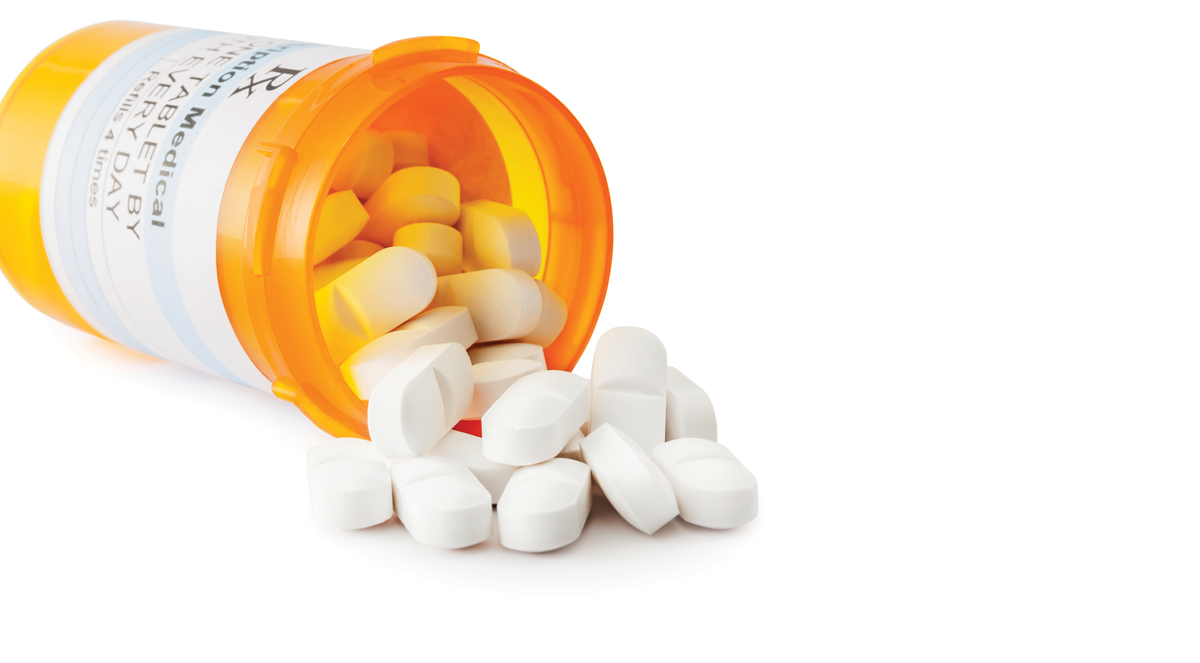Opioids are potent narcotics that benefit patients with pain, but legitimate use of these agents has been linked to increased risks of long-term opioid use and possible misuse in adults. Weighing and addressing this risk of opioid misuse is a key concern for medical professionals. “Despite the importance of risks associated with opioid misuse, estimates of the size of this risk for adolescents in the general population are not currently available,” says Richard Miech, PhD.
To address this research gap, Dr. Miech and colleagues conducted a study examining the risk of future opioid misuse among adolescents who have not yet graduated from high school. The study, published in Pediatrics, used prospective data from the Monitoring the Future study. It involved a nationally representative sample of 6,220 individuals who were surveyed in their 12th grade year and then followed up through age 23. “We found that legitimate opioid use before high school graduation was associated with a 33% increase in risk of future opioid misuse after high school,” says Dr. Miech. “Our research suggests that an opioid prescription can put adolescents at risk for future pain reliever misuse.”
Exploring Reasons
An important observation, according to Dr. Miech, was that the risk is concentrated mostly among patients with little to no history of drug use and those who strongly disapproved of illegal drug use. “While this may seem counterintuitive, it’s possible that the novelty of opioid use effects plays a role,” he says. “For teens with little to no drug history, a prescription opioid is likely to be their first experience with an addictive substance. Their experience of pain relief may be pleasurable and safe initially. In turn, this may reduce perceived dangers associated with these drugs.”
Dr. Miech notes that adolescents with more extensive experience with other drugs like marijuana who then receive opioids legitimately may feel that the effect from the drug makes a smaller impression when compared with other drugs they have used in the past. “It’s possible that adolescents experienced with other drugs will go on to misuse opioids,” he says, “but this misuse does not appear to result from an introduction to pain relievers through a legitimate prescription.”
The Next Step
Education and prevention efforts have great potential to reduce future opioid misuse among adolescents who begin using these agents during their teenage years but still have strong attitudes against illegal drug use. “Our findings suggest that there is currently an unrecognized risk of opioid prescribing,” Dr. Miech says. “This risk should be incorporated into prescribing decisions and patient counseling.”
Physicians and parents who are informed of these risks may opt for non-opioid medications as the initial treatment for minor painful conditions. These include physical therapy, fitness and wellness programs, and non-narcotic pain medicines. Research shows that these are good solutions to some of the problems that have been associated with opioid use and can perhaps improve outcomes over the long term.



 PWeekly
PWeekly